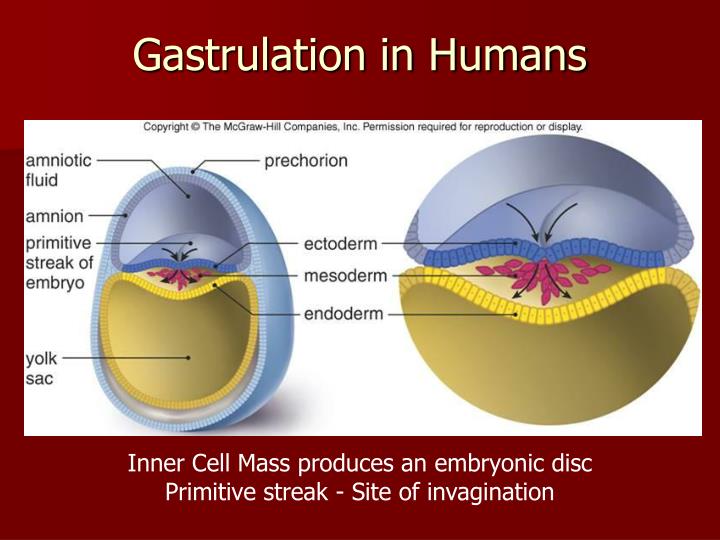

Thereby, gastrulation in the conservatively evolving protostome P. caudatus follows strictly a deuterostomic pattern. illustrated to the left determinate cleavage (blastomere fate is fixed early in development). Biology Assignment Help, Fate of blastopore, Fate of Blastopore Cleavage results in the formation of a ball of cells called morula (resembling mulberry. We show that the blastopore gives rise to the anus at the vegetal pole and that the hindgut markers brachyury and caudal are expressed in the blastopore and anus, whereas the foregut markers foxA and goosecoid are expressed in the mouth in the animal hemisphere. The blastopore becomes neither the mouth nor the anus. Describe the Porifera phylum (symmetry, blastopore fate, coelom, germ layers, tissue type, and exoskeleton). Later, another extremity may arise, also during embryonic. Here, we characterize gastrulation and the embryonic expression of genes involved in bilaterian foregut and hindgut patterning in Priapulus caudatus. The blastopore forms in the embryonic gastrula period, at which stage cell differentiation begins. Priapulids have a conservative morphology, an abundant Cambrian fossil record, and a phylogenetic position that make them a key group in understanding protostome evolution. The blastopore fate of the bilaterian ancestor plays a crucial role in understanding the transition from radial to bilateral symmetric organisms. This variability, combined with an absence of information from key taxa, hampers the reconstruction of the ancestral developmental mode of the Protostomia and the Bilateria. In deuterostomes, the blastopore forms the anus, but its fate in protostome groups is variable.

The fate of the blastopore during development in the bilaterian ancestor is currently not well understood. Theories about the evolution of gastrulation often concern the fate of the blastopore (site of endomesoderm internalization), which varies widely in a major. Blastopore closure in species with an invagination gastrula has been followed in Podarke (Treadwell 1901) and Polygordius (Woltereck 1904a).


 0 kommentar(er)
0 kommentar(er)
